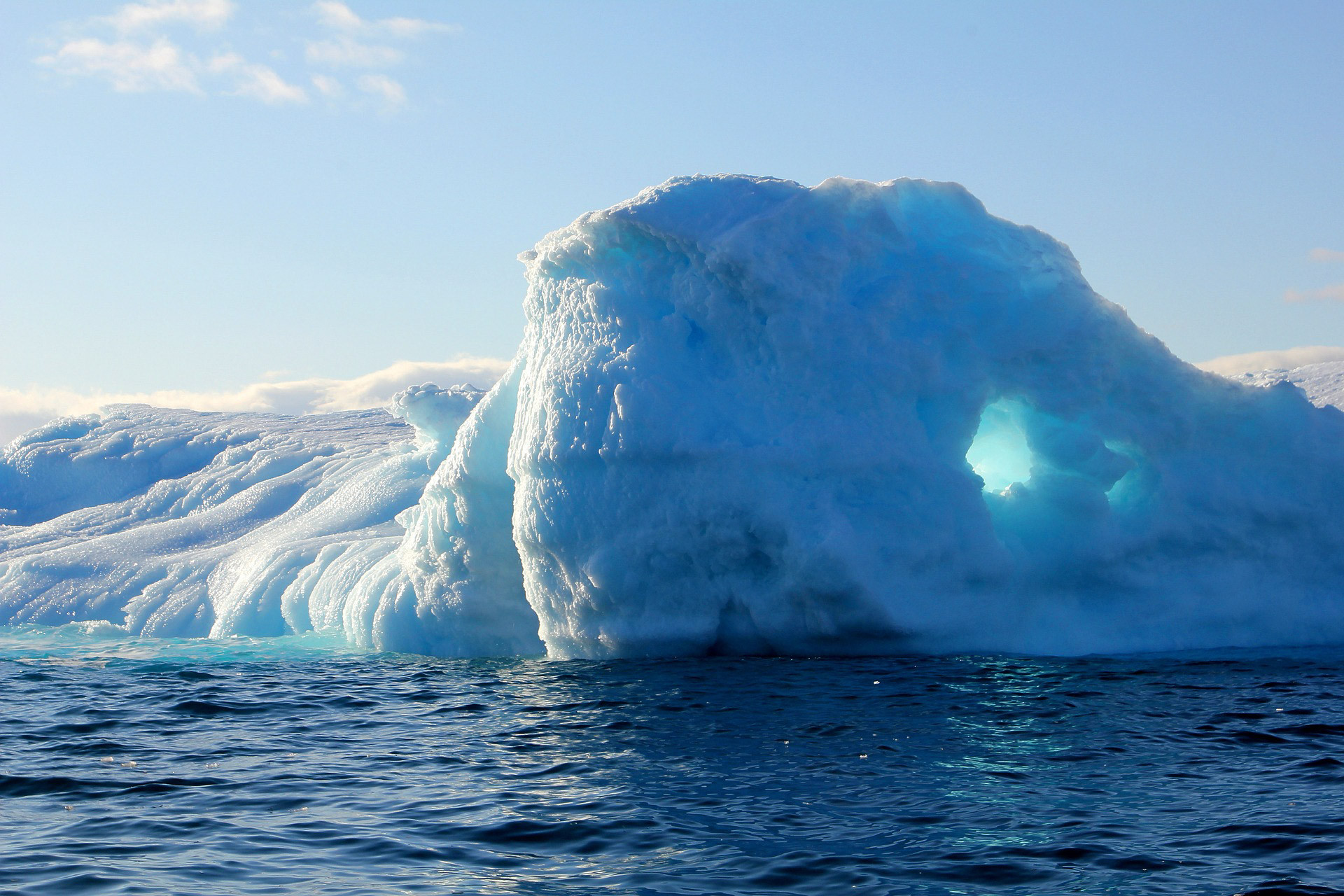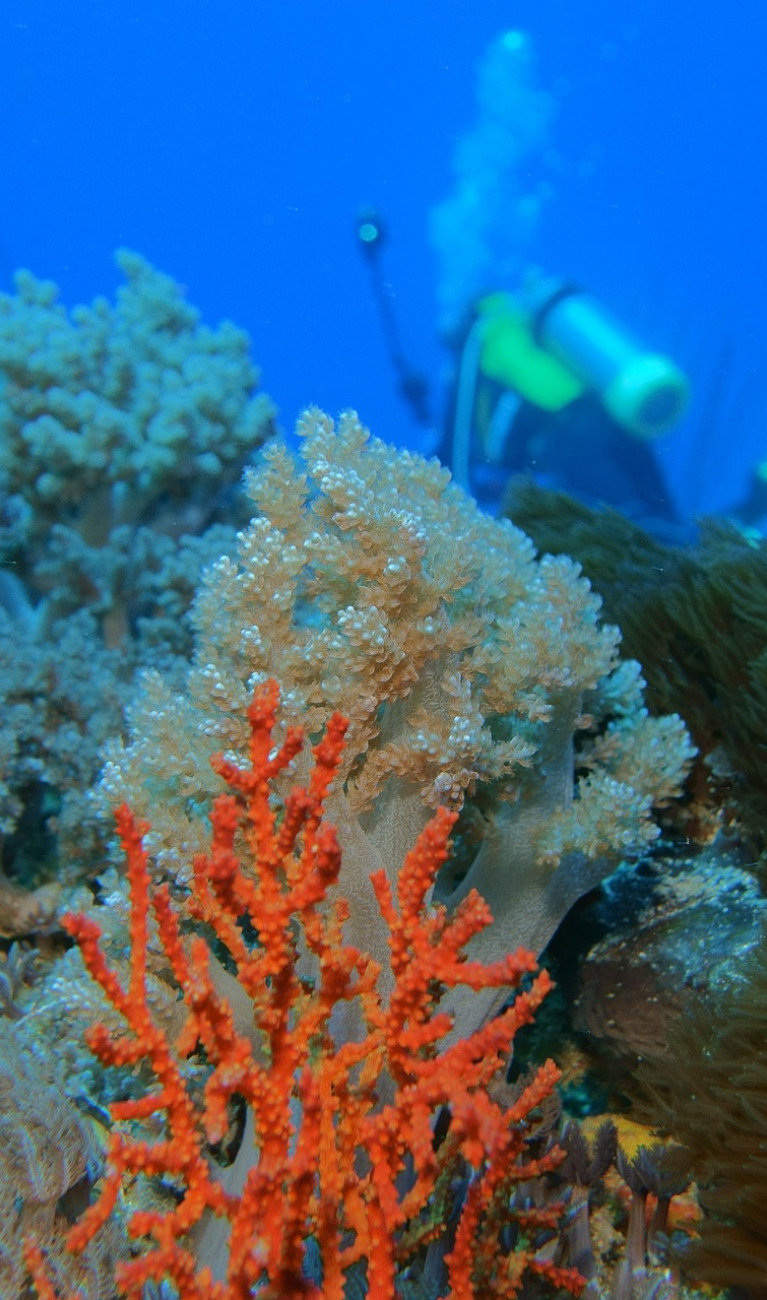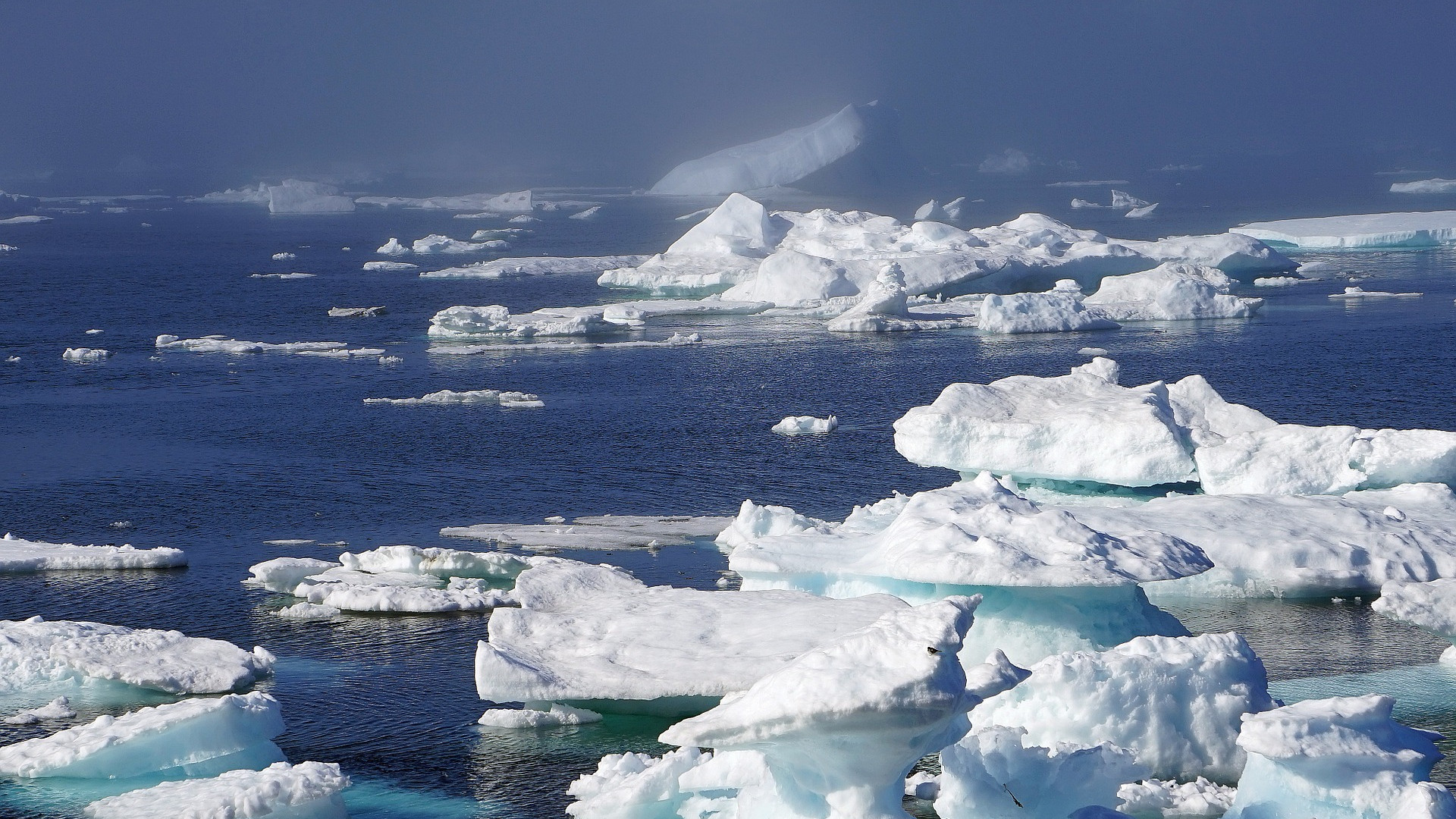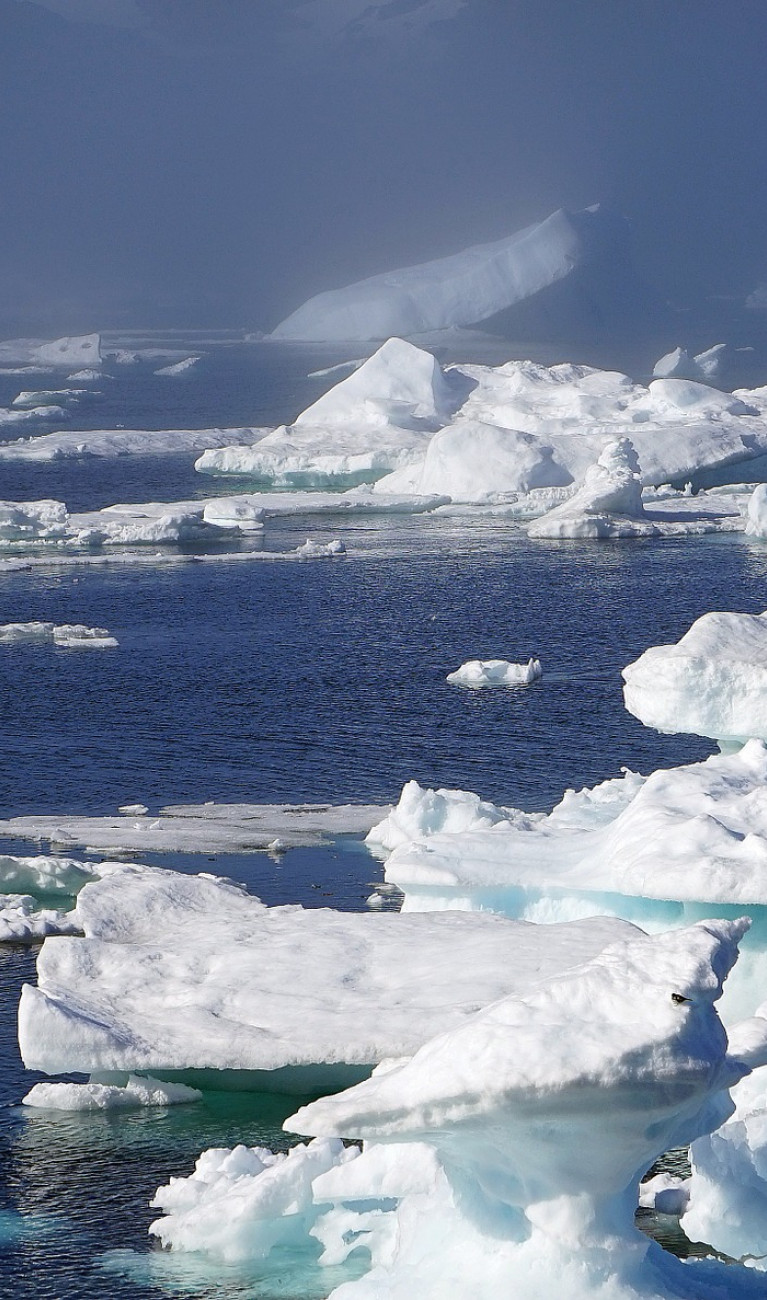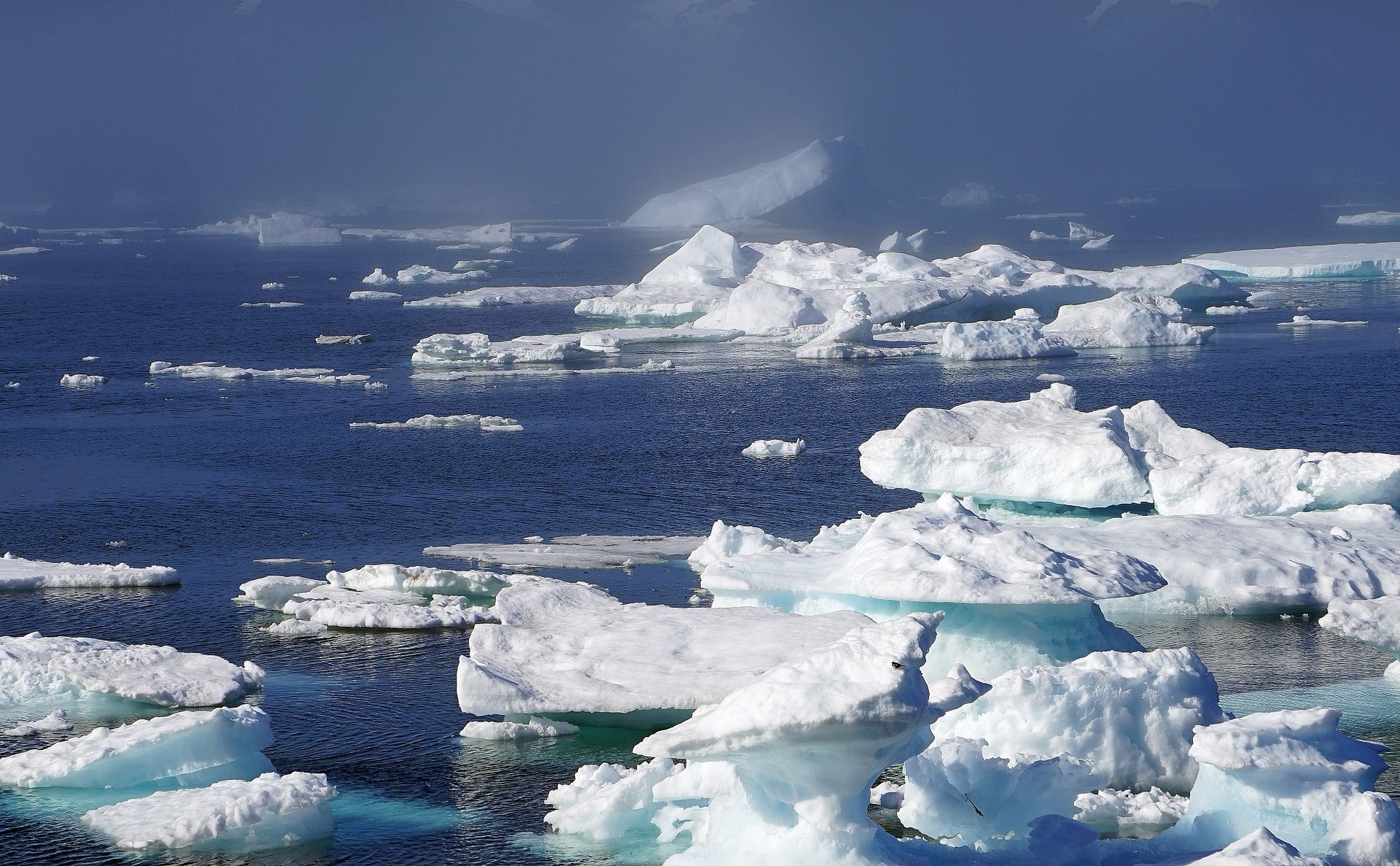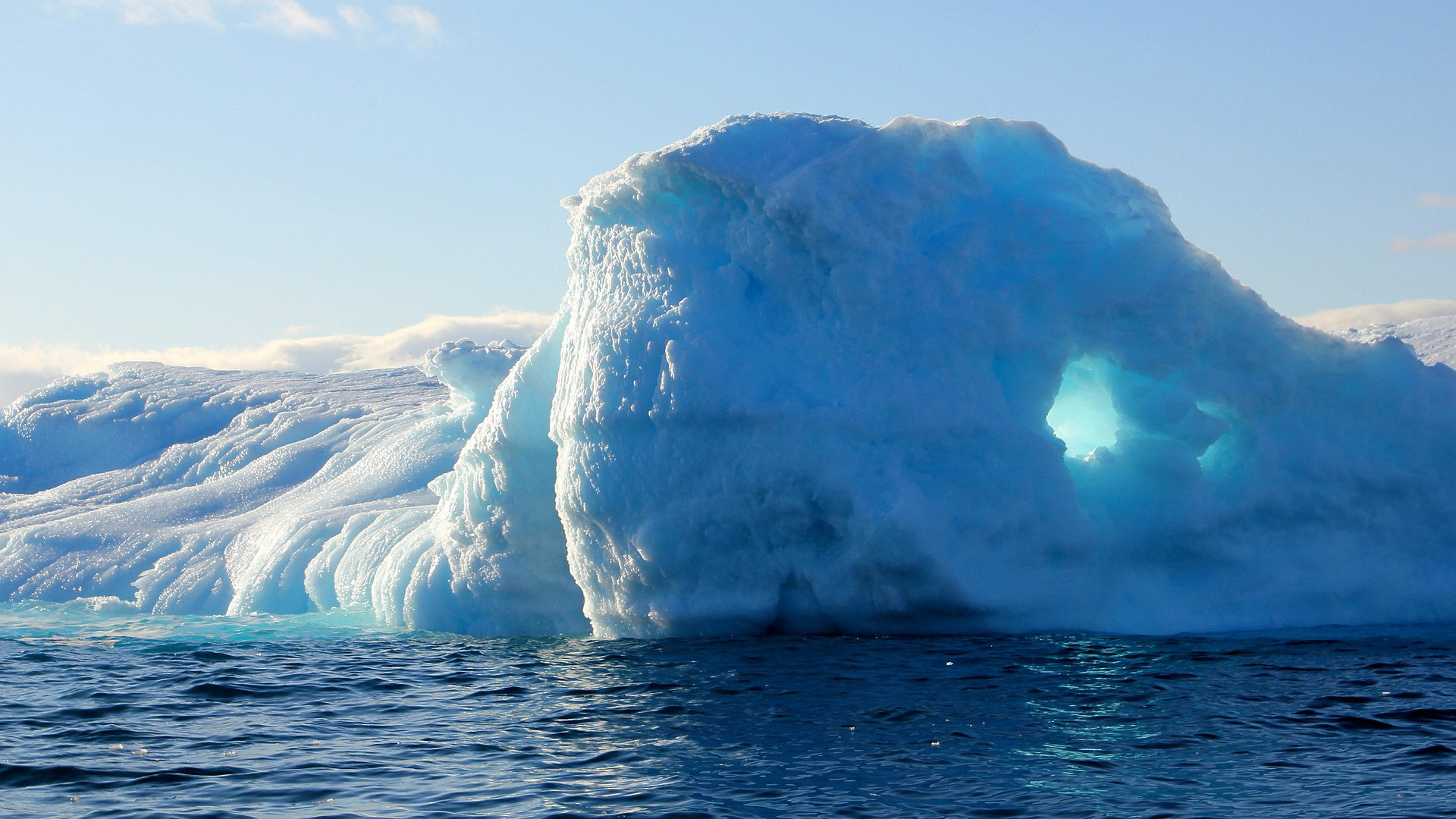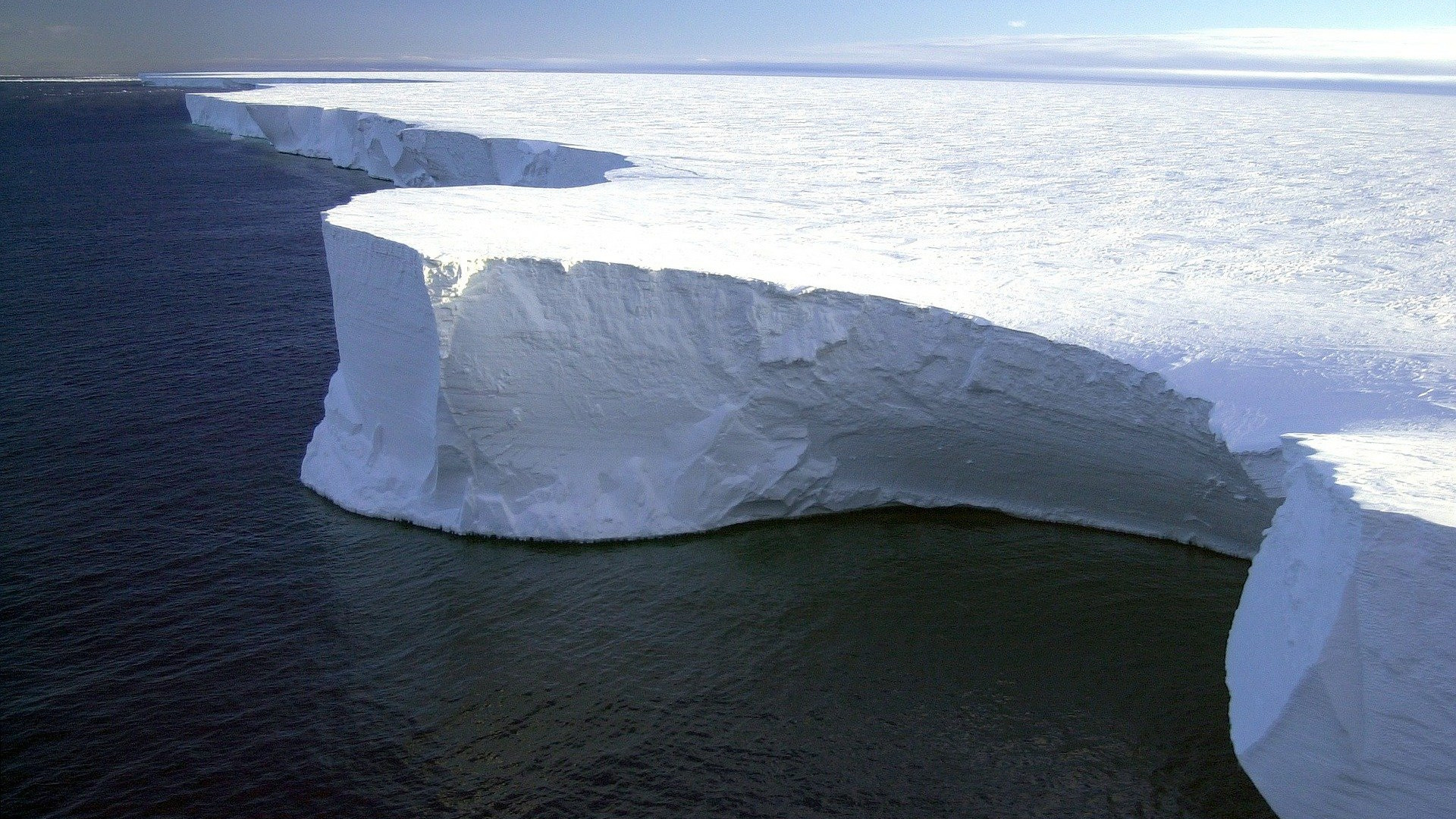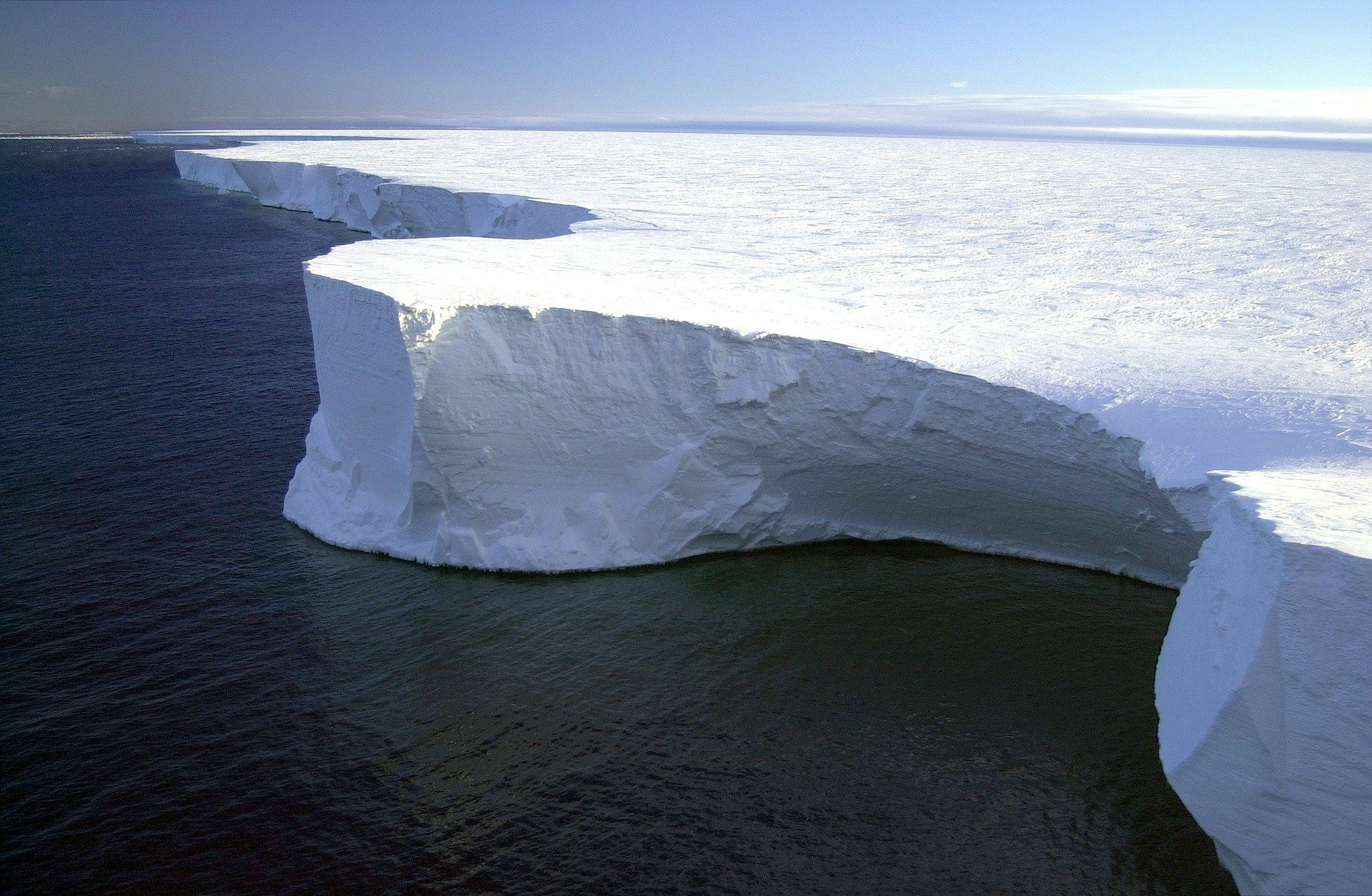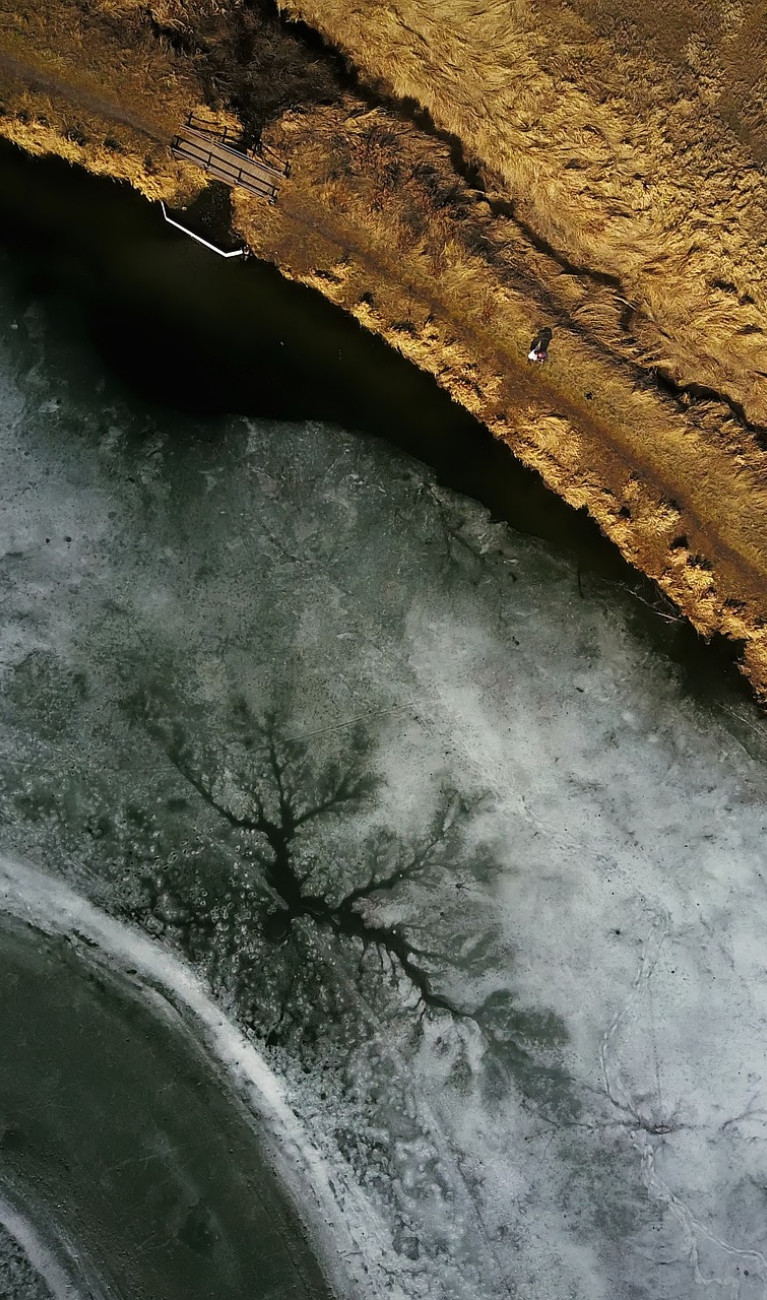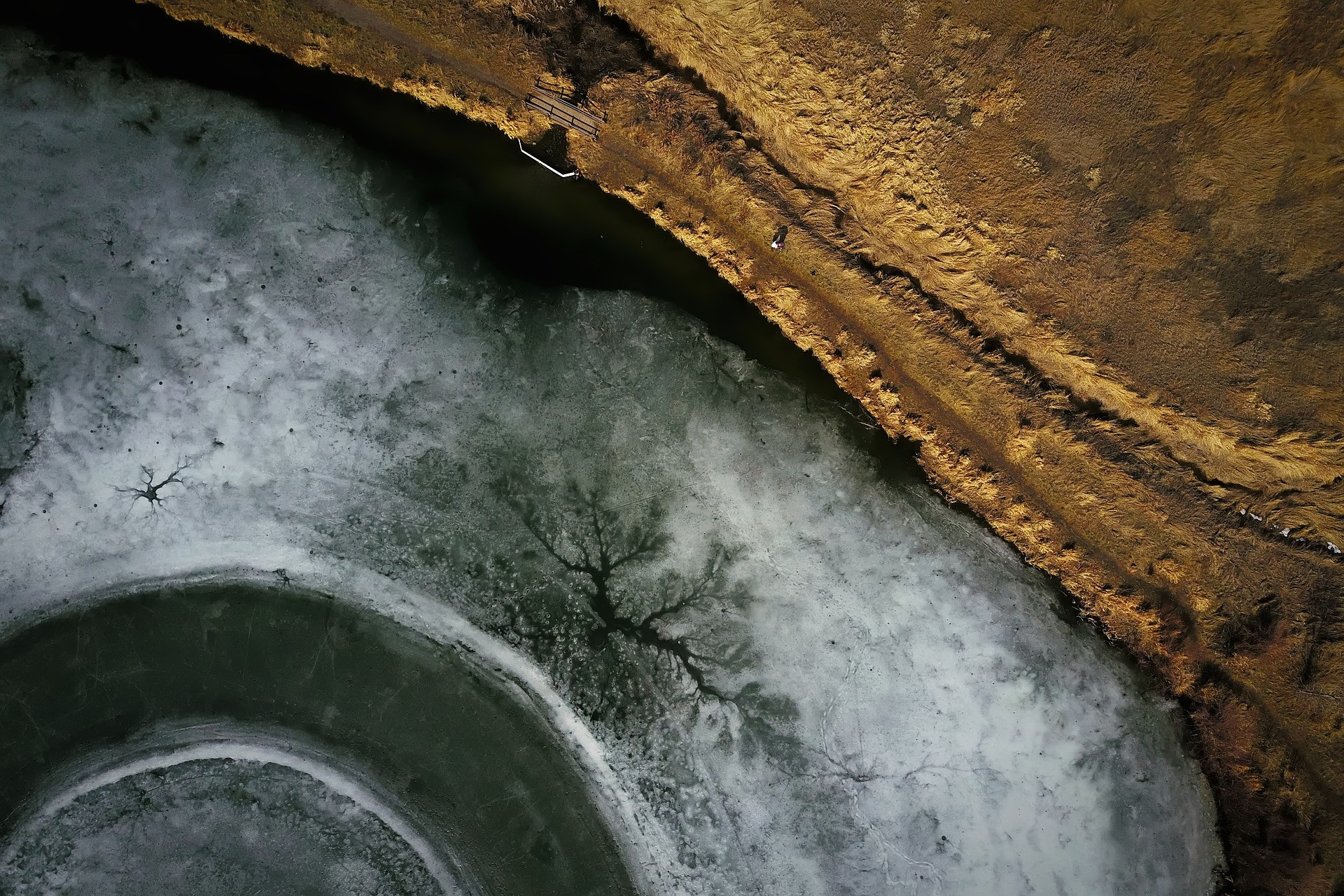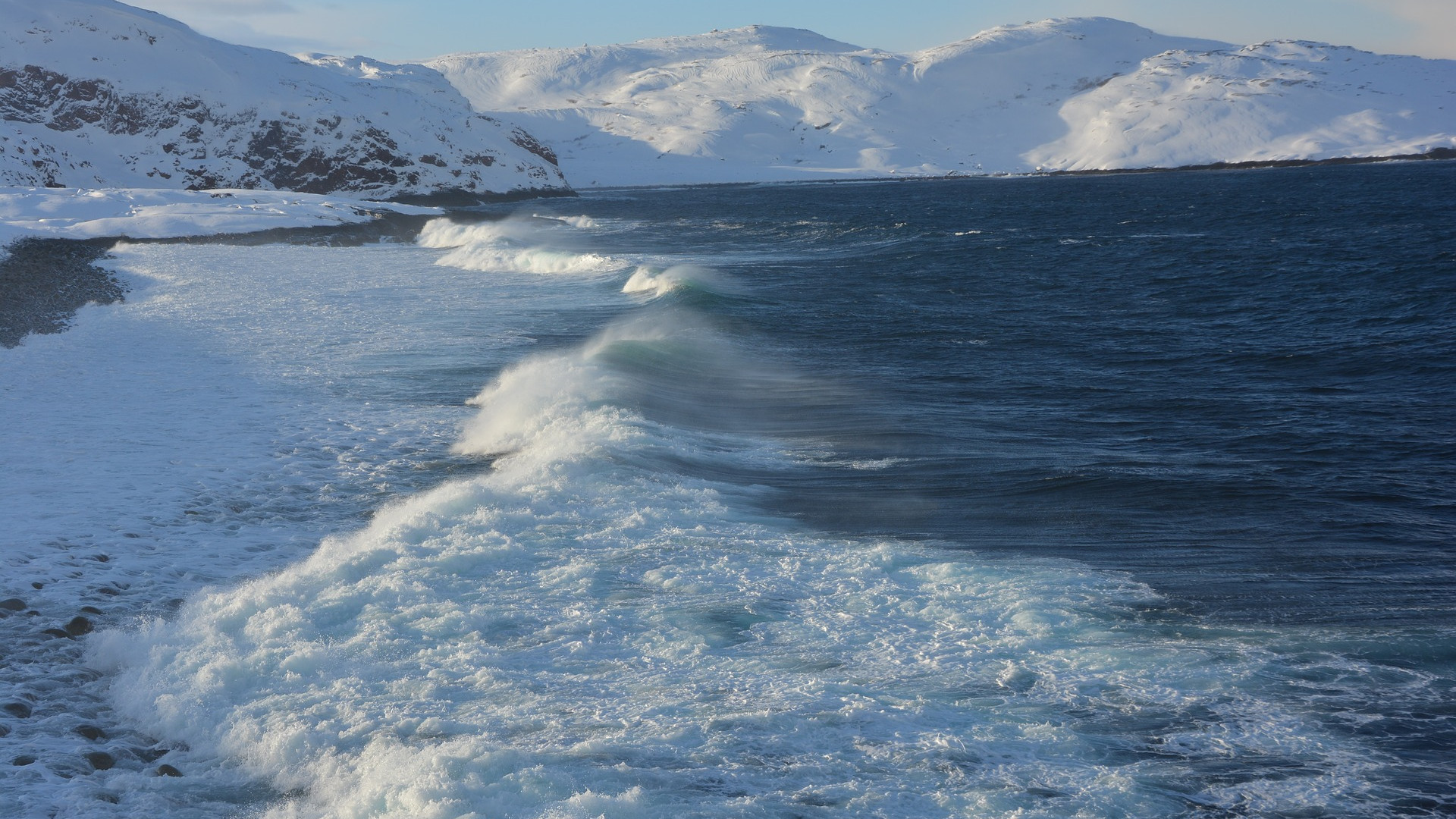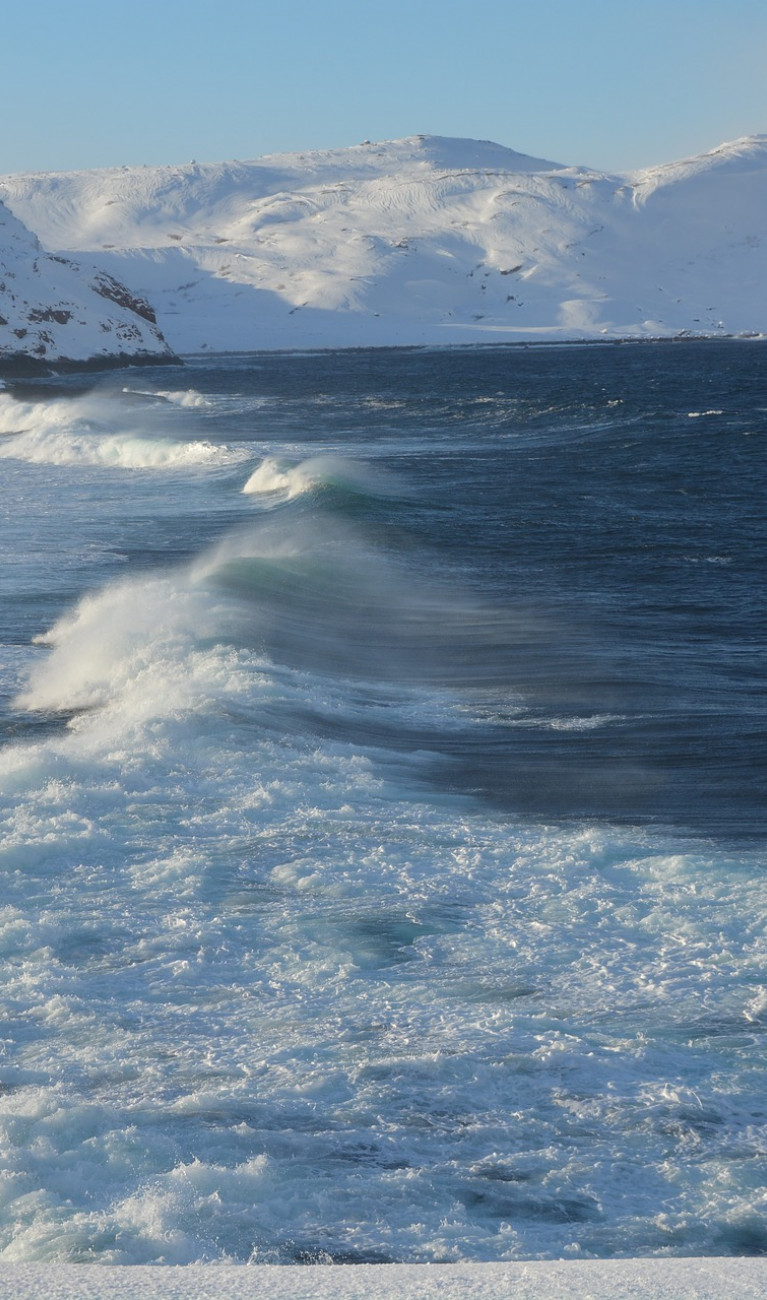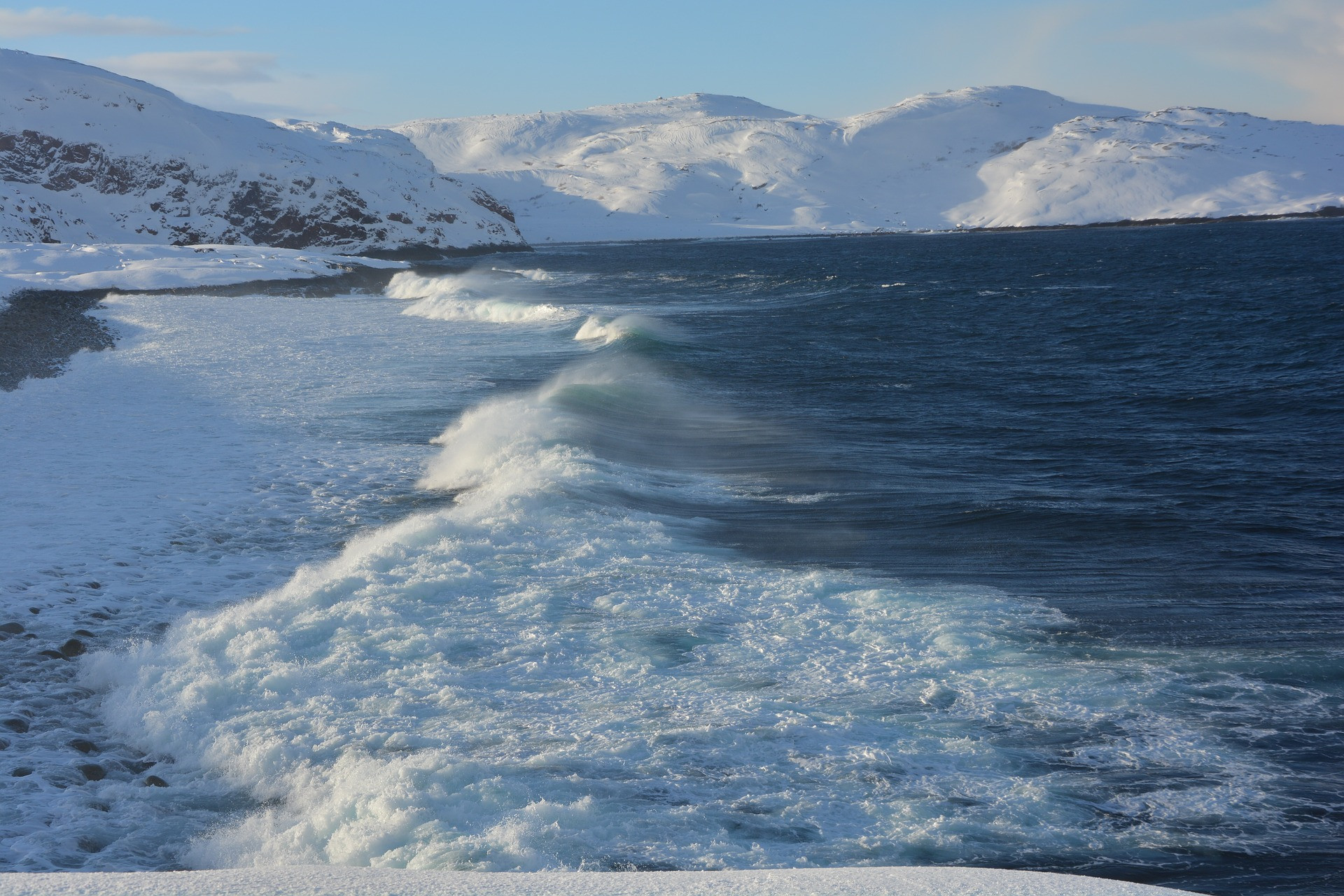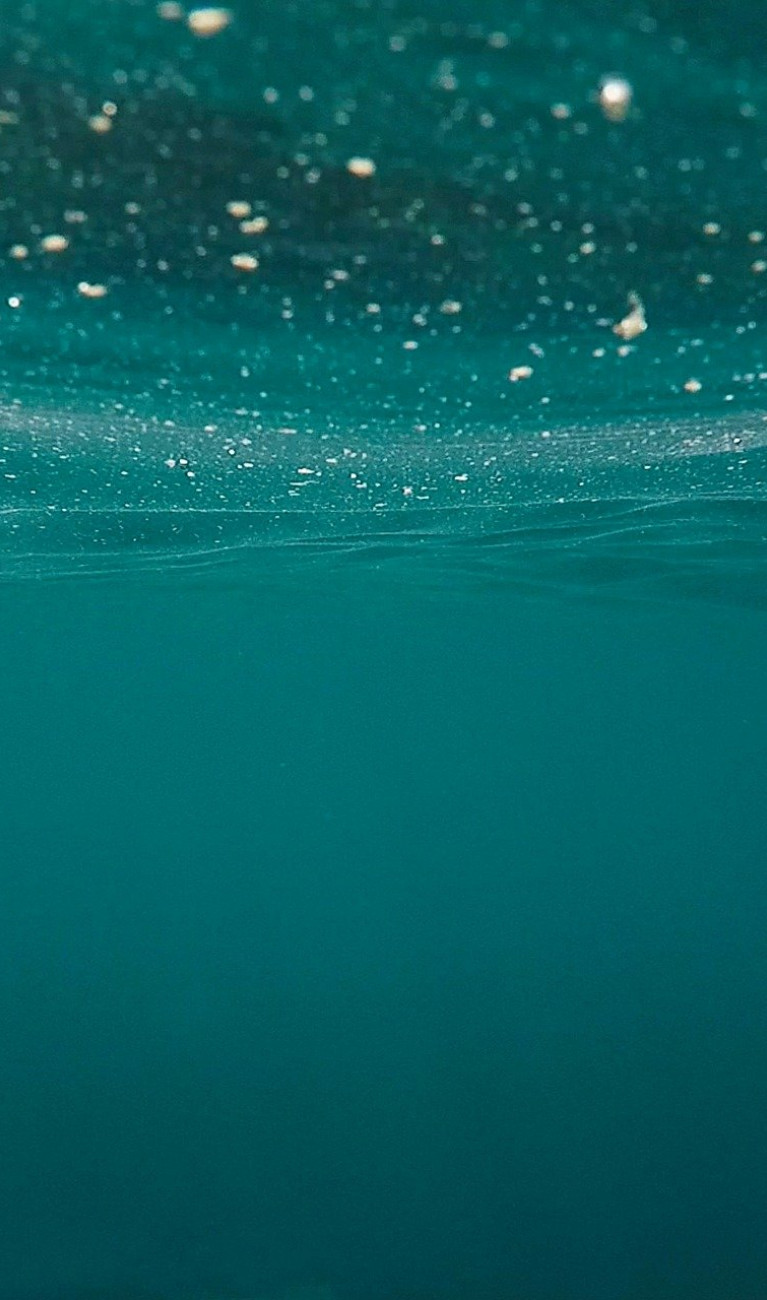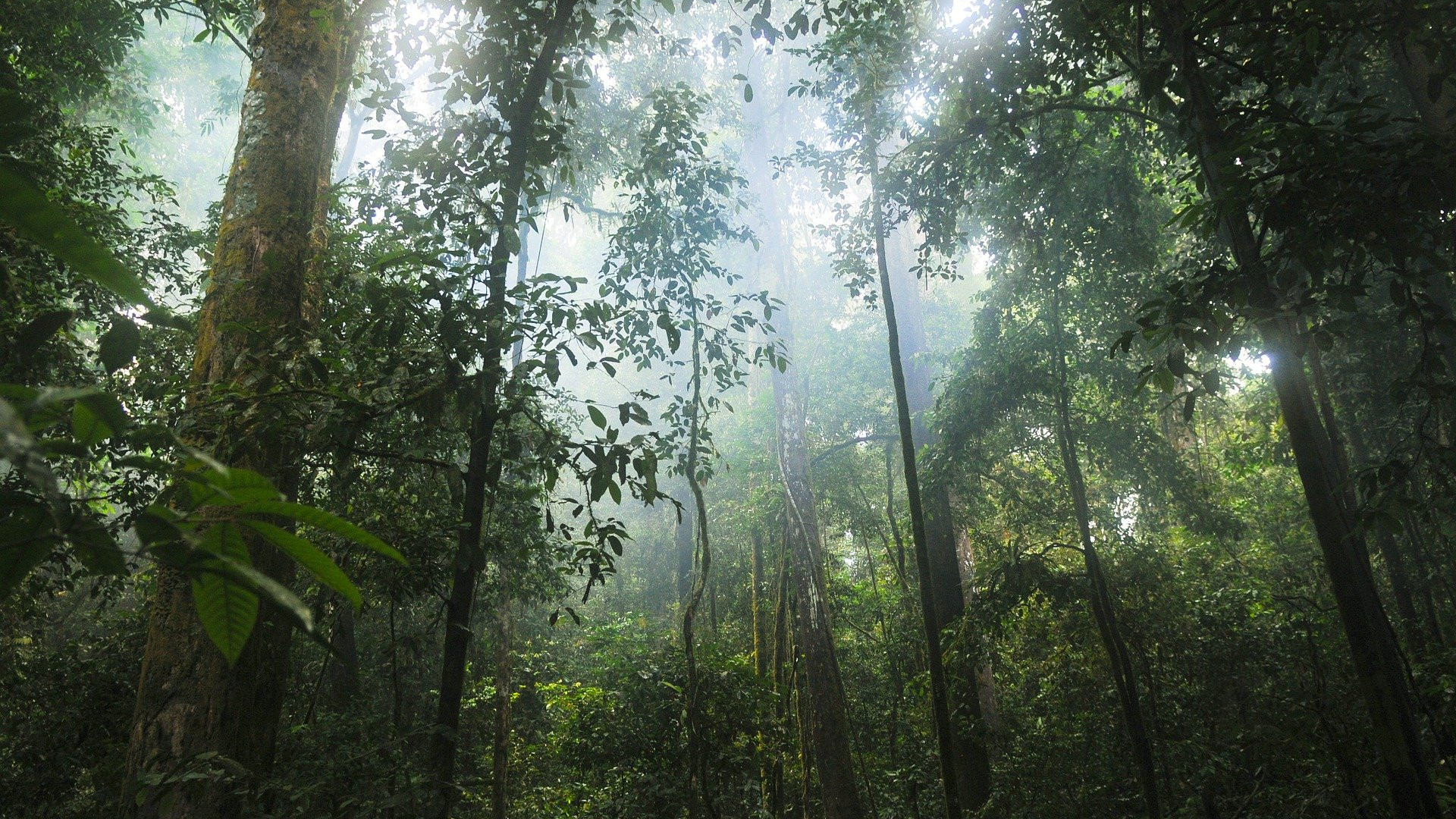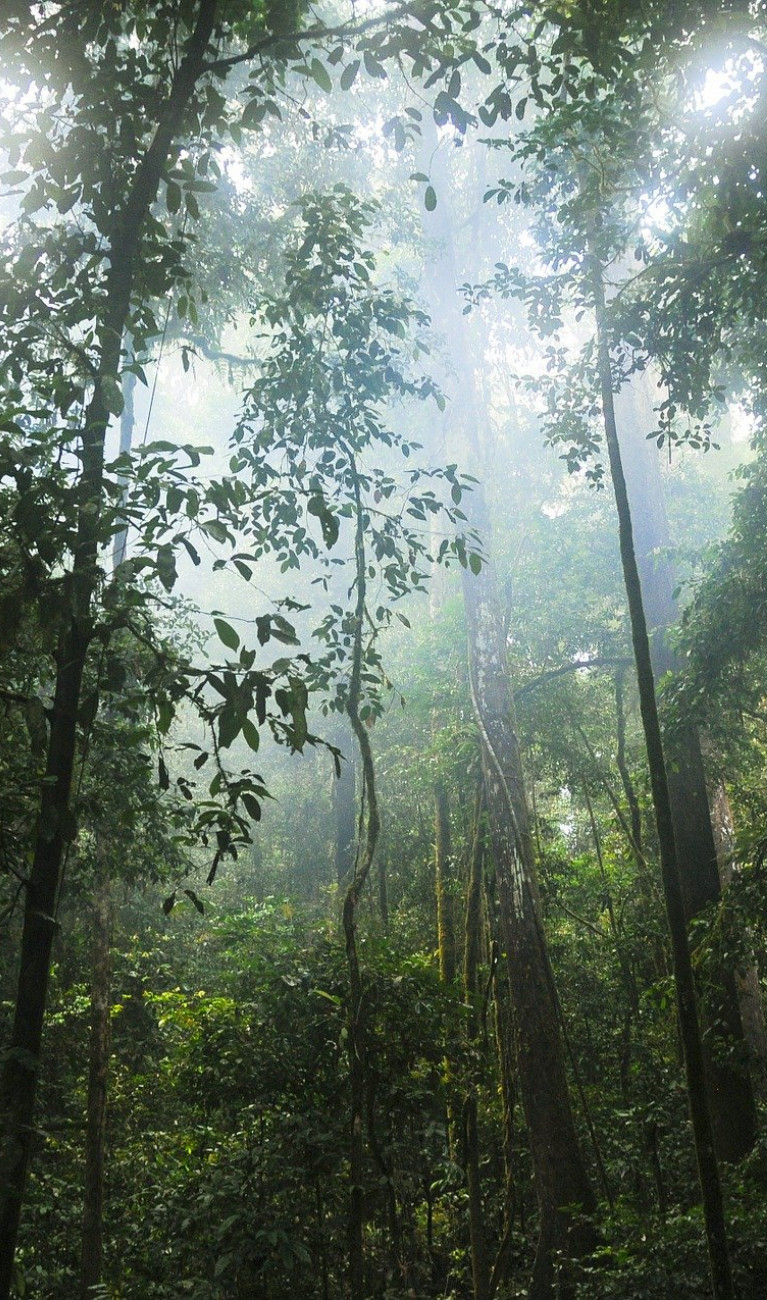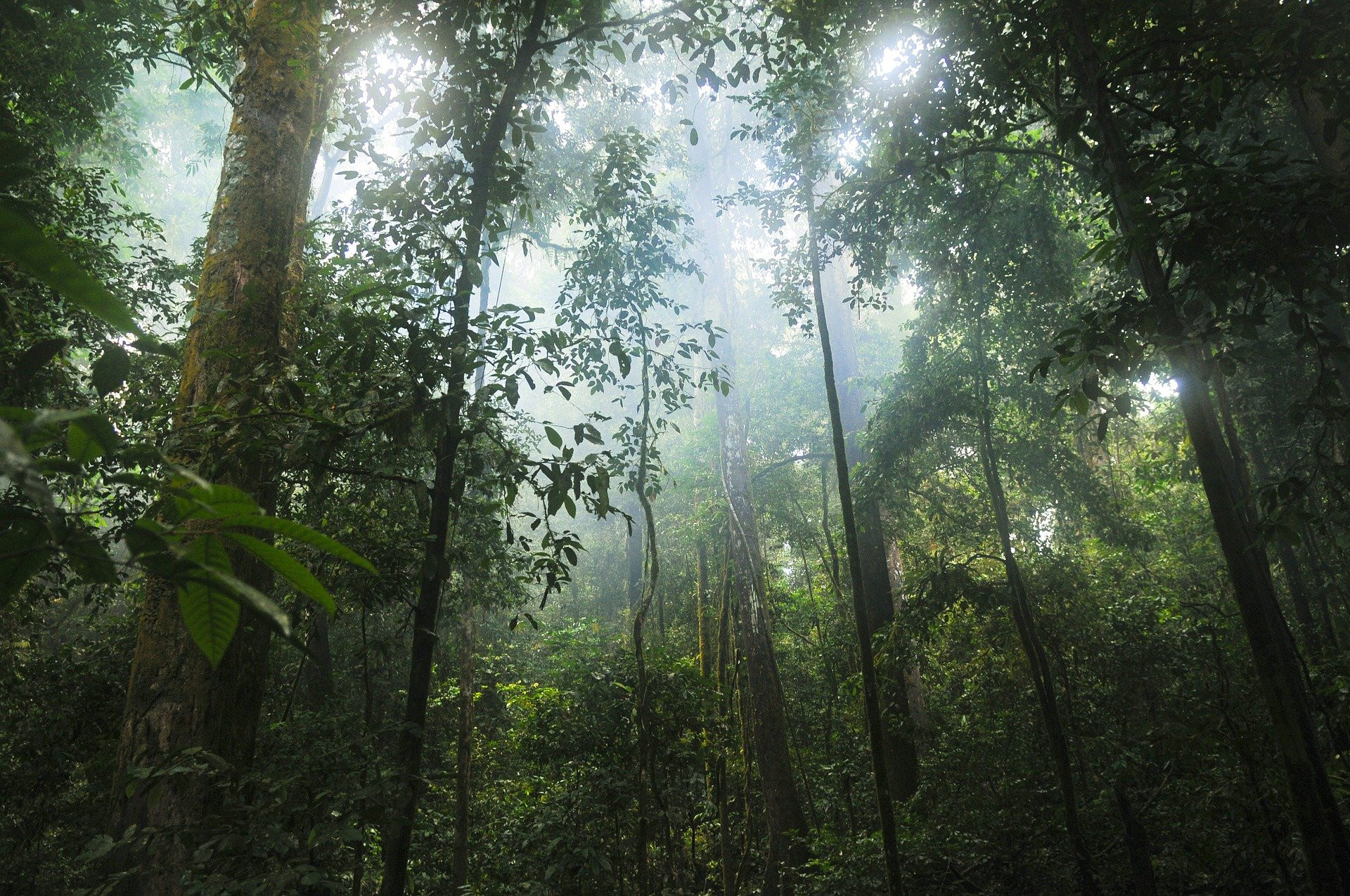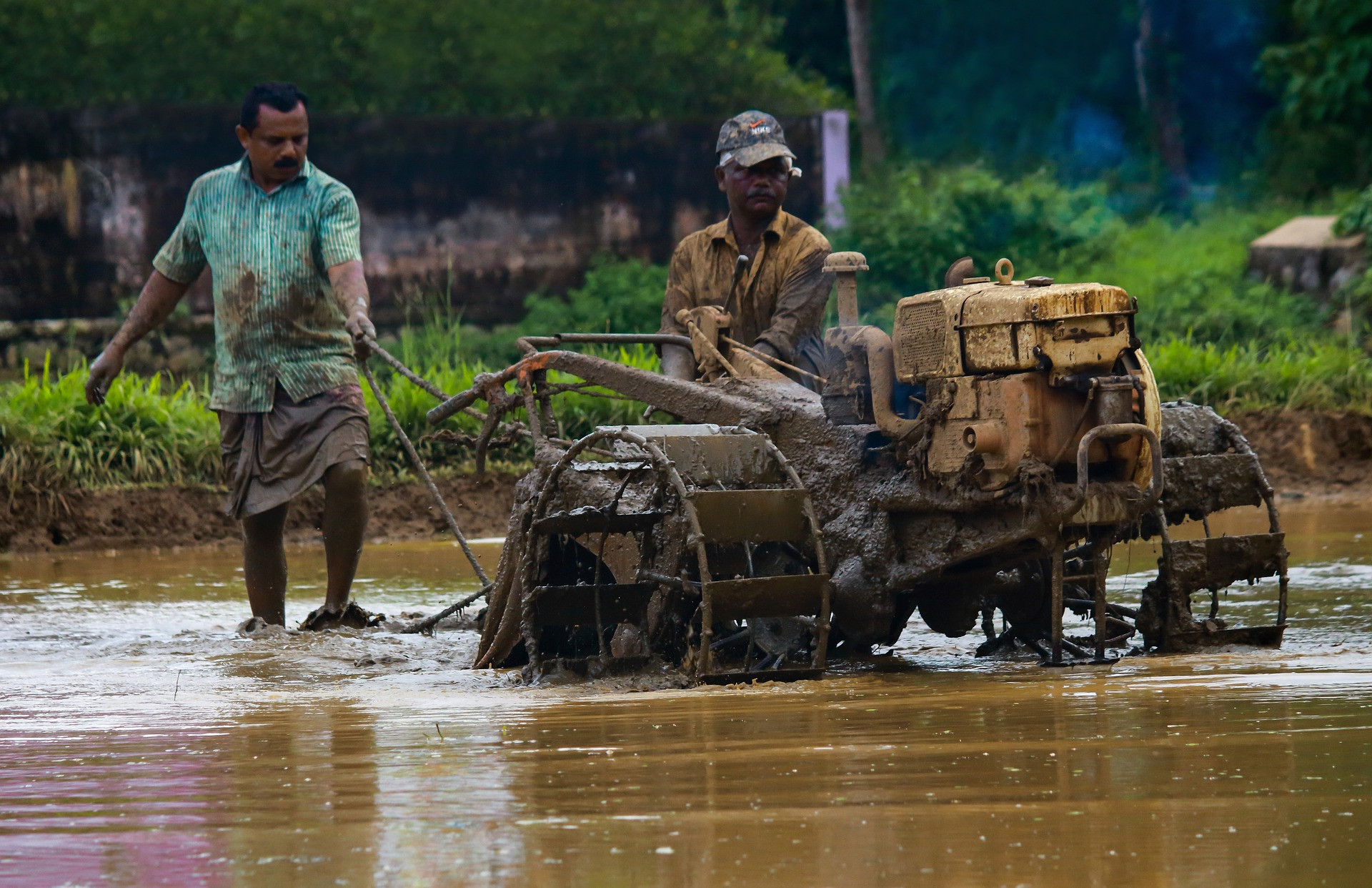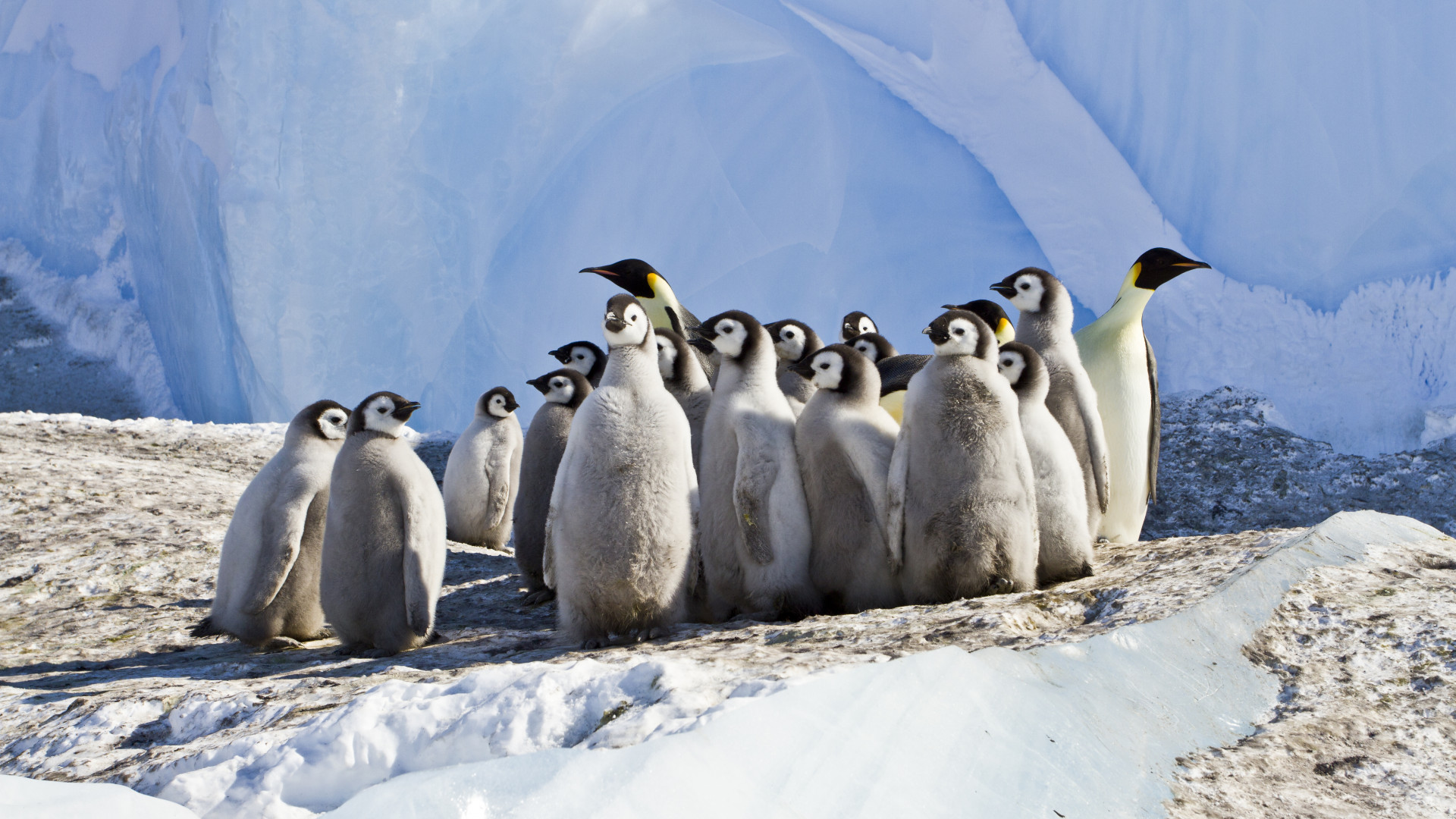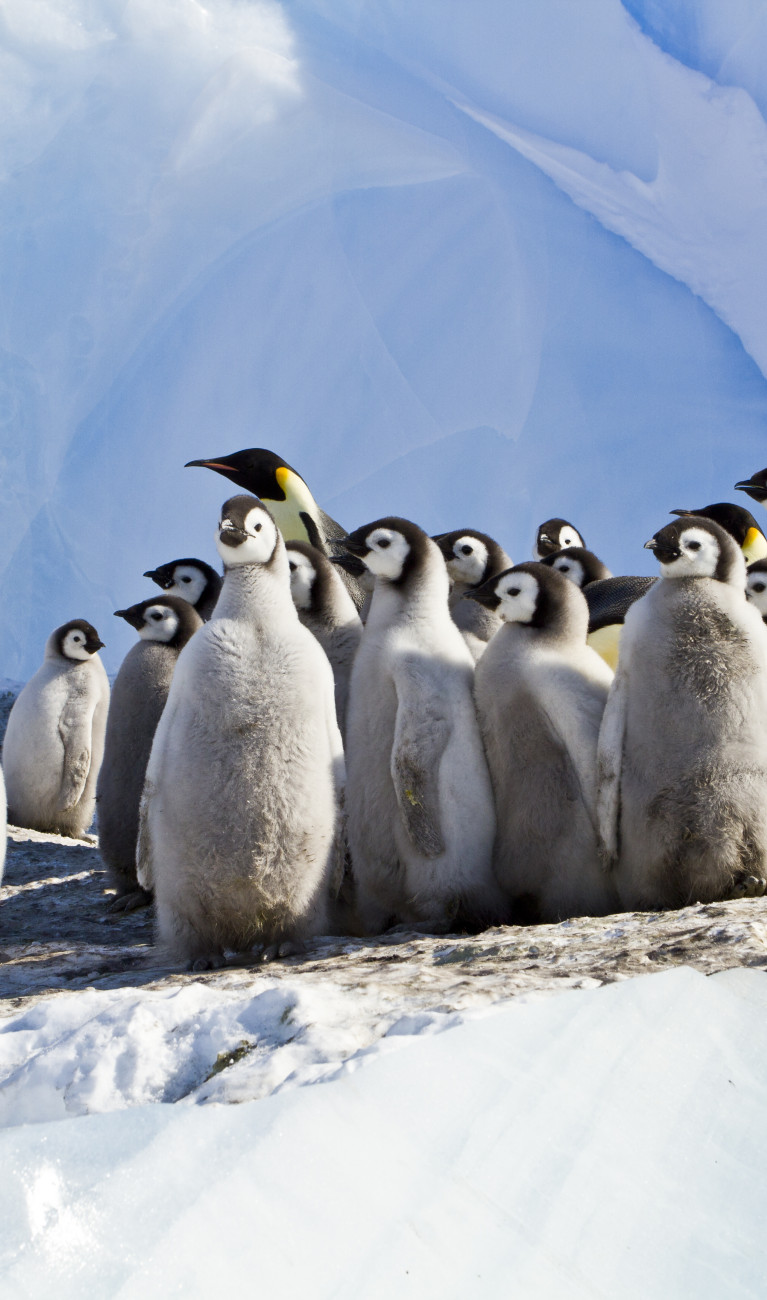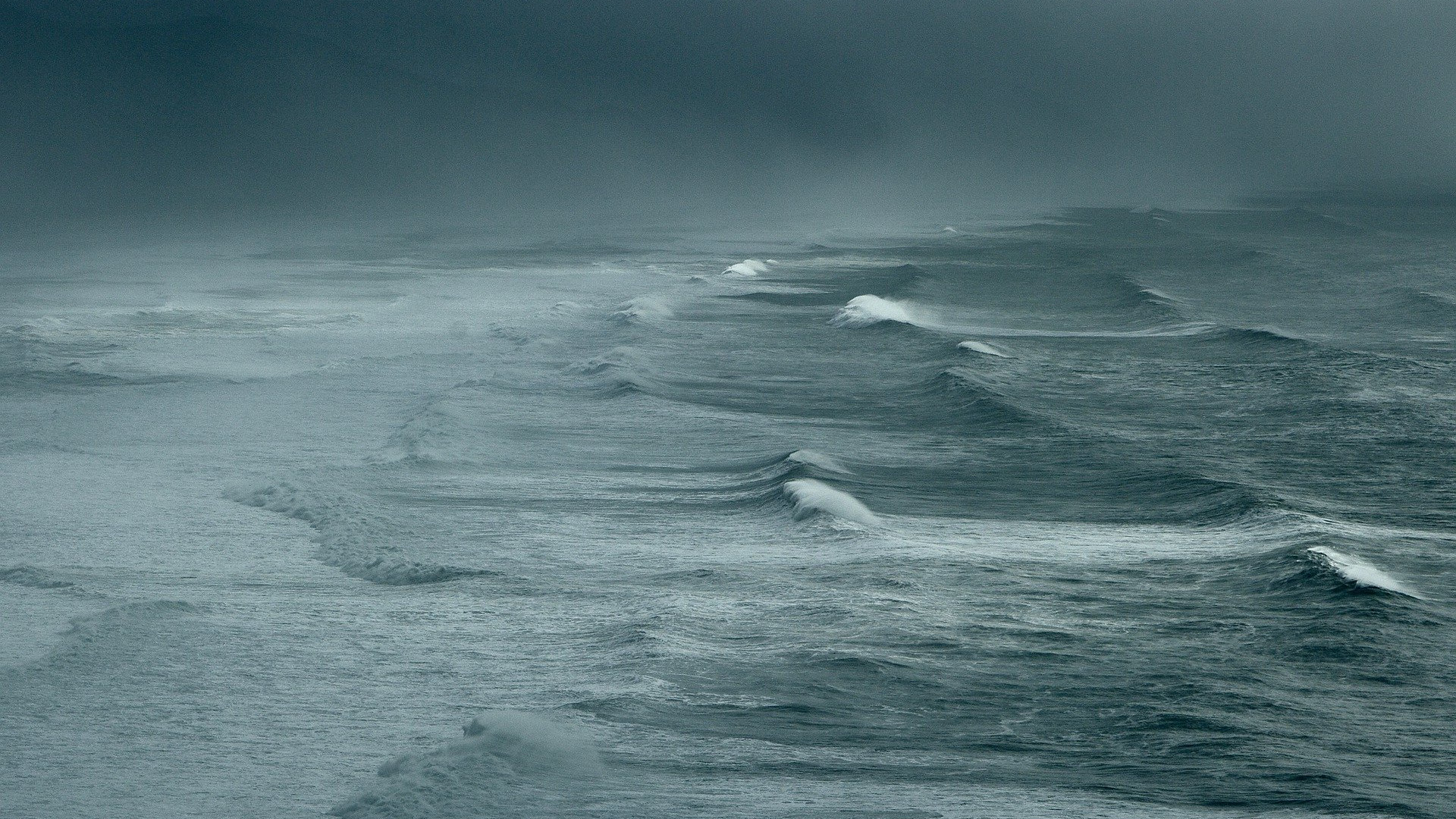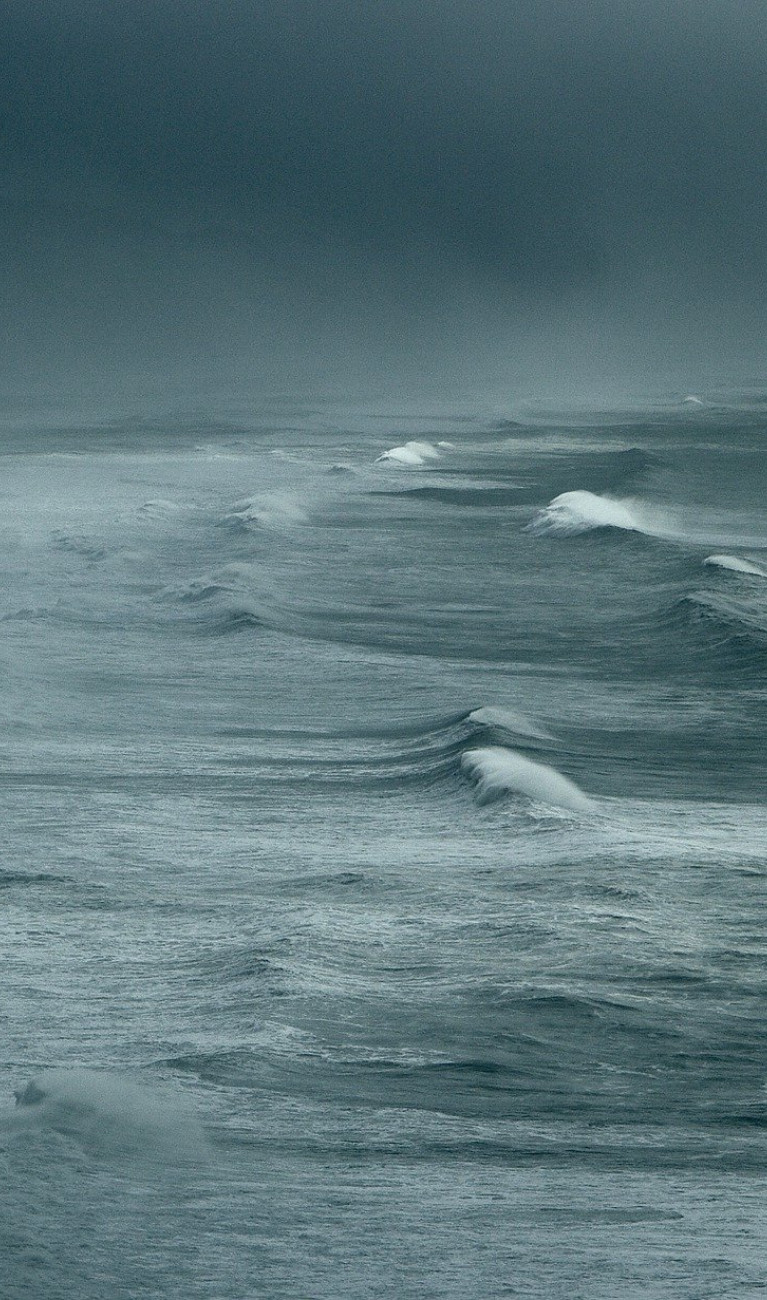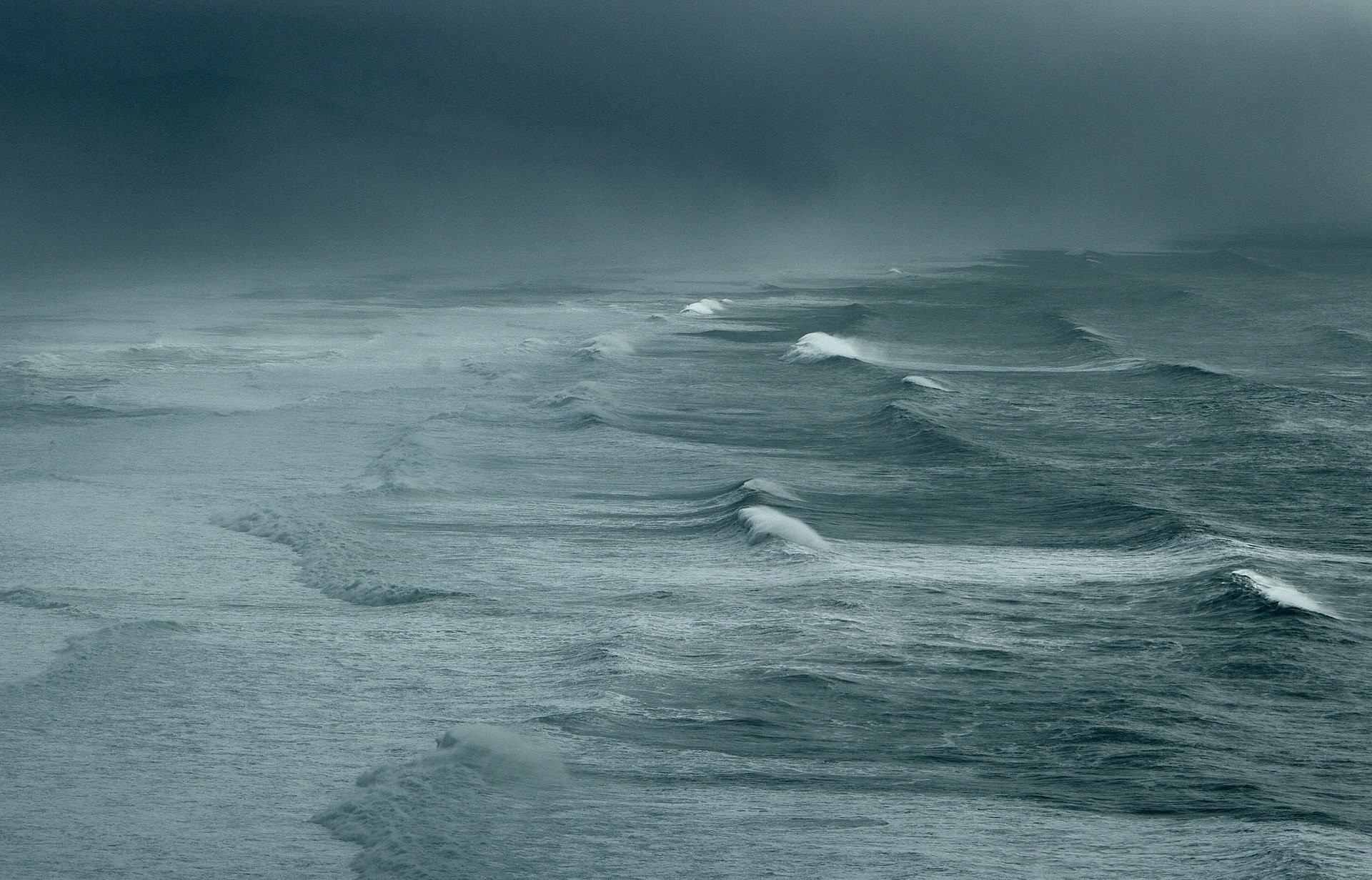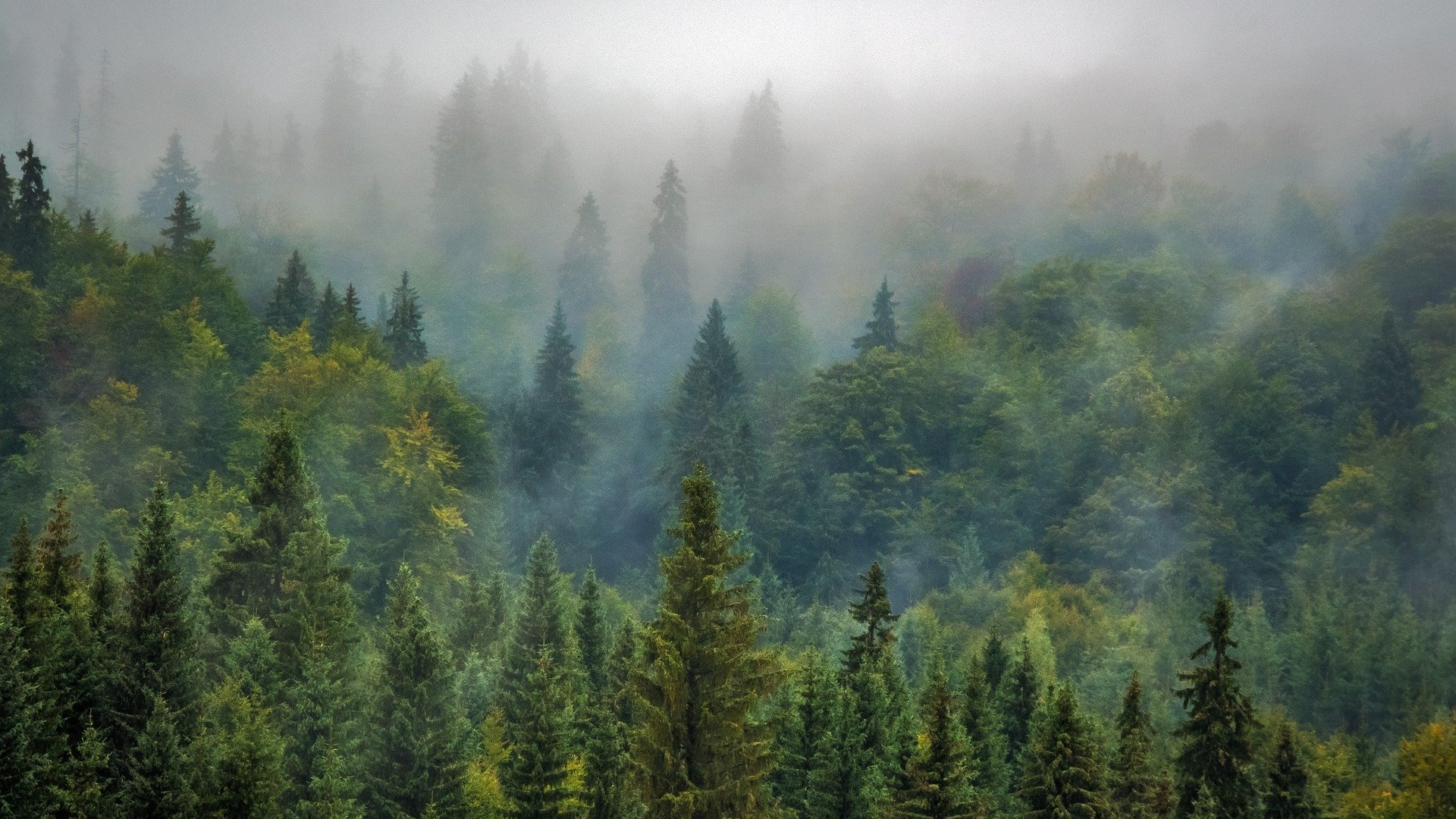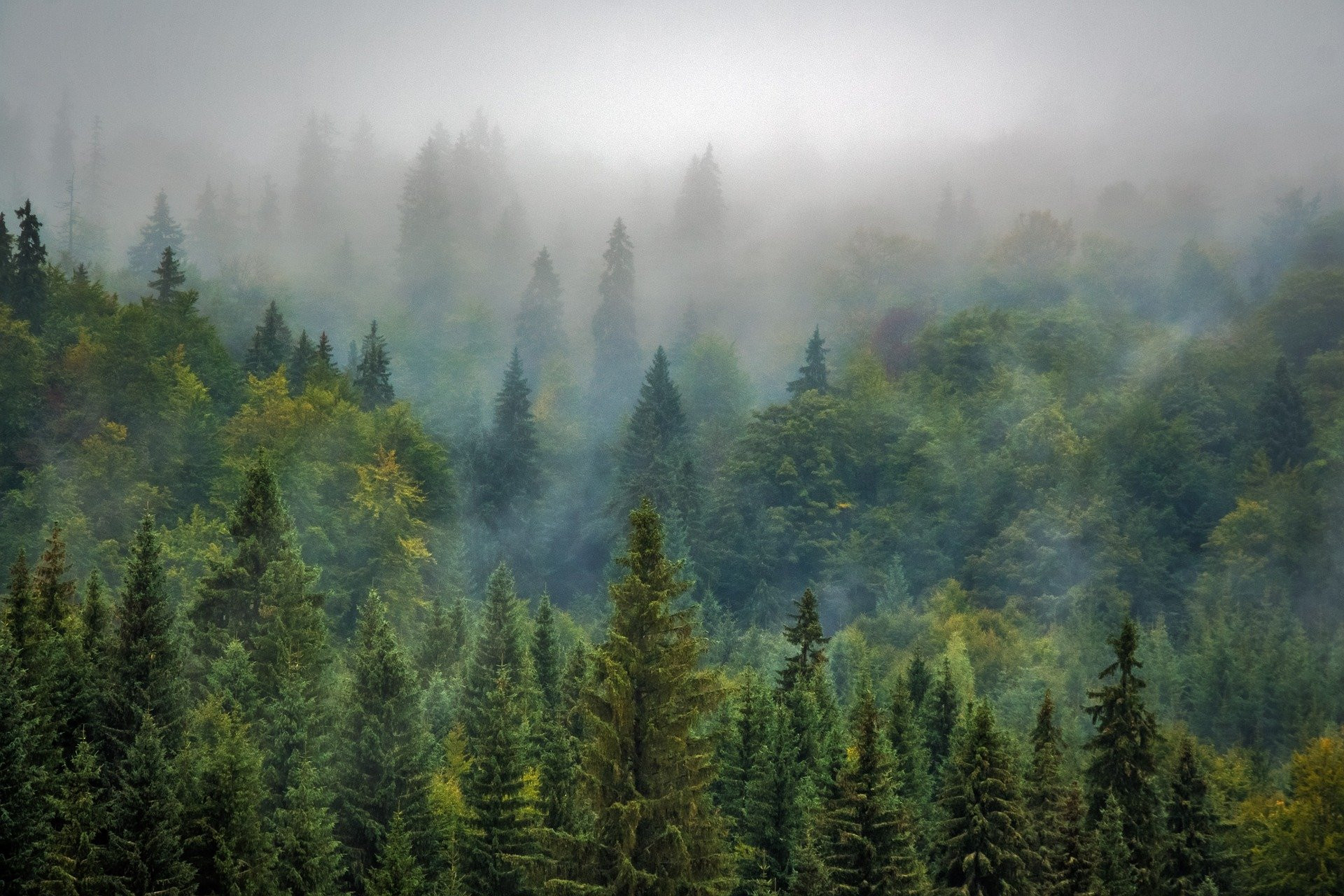Tipping points in the climate system
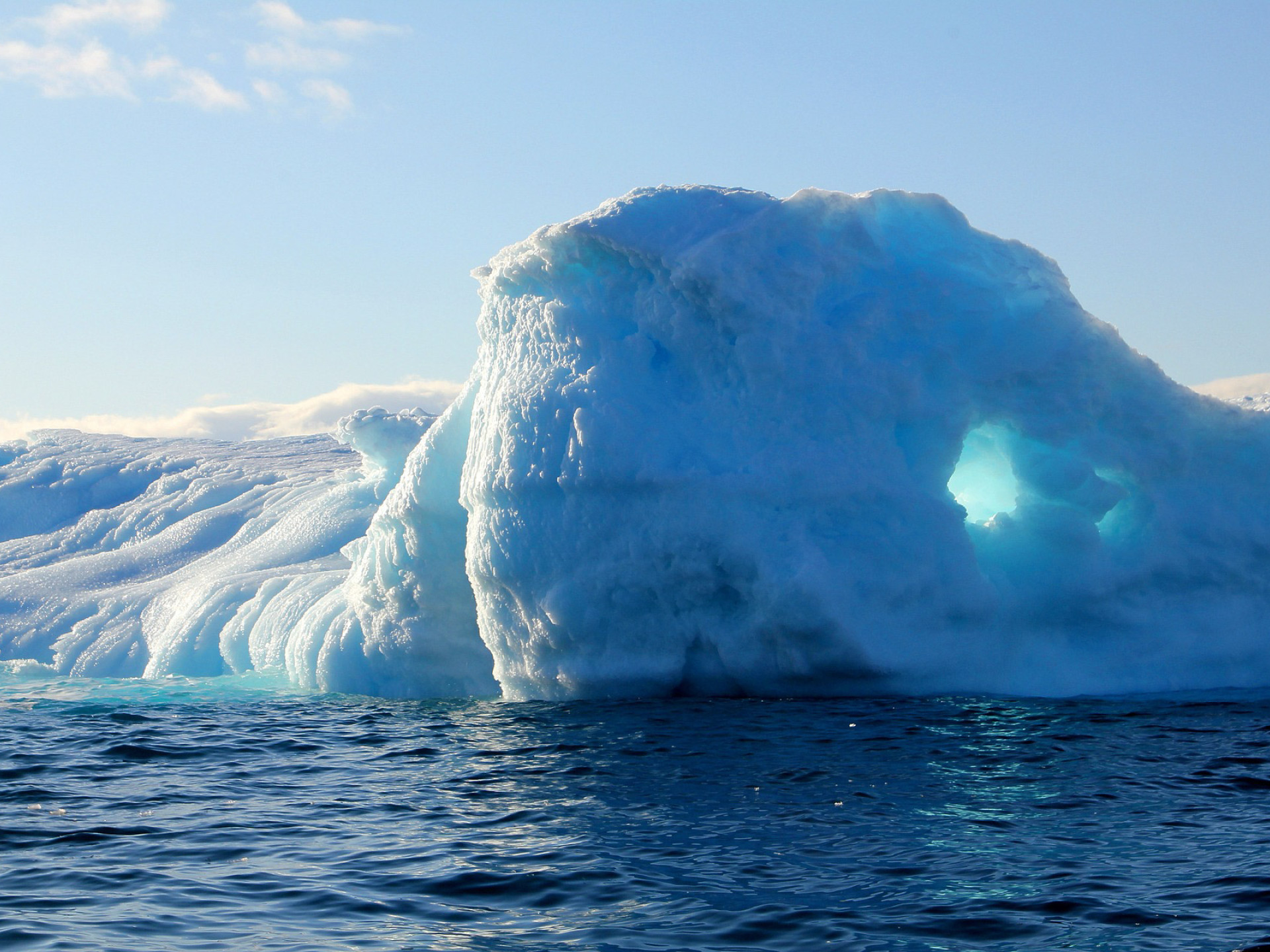

The more global temperatures rise, the greater the danger that individual elements of the climate system could tip. Exceeding these tipping points will unleash mechanisms that can no longer be contained and will have far-reaching effects on the environment. What tipping points are we currently heading toward? What would that mean for life on Earth? And what can we do about it?
Dazzling coral reefs underwater, huge masses of ice at the poles, and a pleasantly mild climate in Europe: This is the Earth as we currently know it. For millions of years, however, this was anything but a matter of course. Our planet has known times when – for entirely natural reasons – things looked quite different: At one time, it was so warm that a rain forest was growing in parts of the Antarctic and at another time the entire Earth may have been a snowball. Continents drifted, mountains jutted forth, the air changed, sea levels rose and fell, animal and plant species appeared and died out again. Eventually, a period came that was sufficiently stable for human society to develop.
Today, we humans are the force driving changes in the Earth system, e.g. by using fossil resources and thus altering the composition of the atmosphere. “Greenhouse gas emissions and changes in land areas are leading to significantly warmer climate conditions,” says Gerrit Lohmann from the Alfred Wegener Institute for Polar and Marine Research (AWI) in Bremerhaven, Germany. “This can lead to unpleasant surprises – the potential loss of the West Antarctic Ice Sheet with a sea-level rise of several meters or the danger of extreme weather phenomena such as drought or flooding.”
We are getting close to the planet’s tipping points, where the Earth changes – sometimes gradually, sometimes abruptly – from one state to another. This can lead to chain reactions: Like dominoes that knock each other over, exceeding a single tipping point could upend the balance of other elements in the Earth system. This would result in a faster and more drastic onset of climate change and would alter the foundations of human life – within the span of decades and centuries rather than the millions of years typical of evolutionary history. Whether this happens or not will depend on how well we protect the climate.
The Earth has a variety of tipping points, including the disappearance of the colorful coral reefs, the melting of the polar ice caps, shifts in monsoon rains, changes in key ocean currents, and the loss of forests in the tropics and the north. These tipping points are closely linked to another major environmental crisis – the loss of biodiversity. “When it comes down to it, every extinct species is also a species that passed a tipping point and was irretrievably lost,” explains Josef Settele from the Helmholtz Centre for Environmental Research (UFZ) in Halle, Germany. On Earth, plants, animals, and other living things symbiotically sustain important global cycles, which in turn serve as the basis for human life. “How many species can go extinct before entire ecological systems collapse?” asks Settele. “We will really only know for sure when it’s already too late.”
Die Kipppunkte der Erde sind vielfältig: Vom Verschwinden der bunten Korallenriffe über die Eisschmelze in den Polargebieten und die Veränderung der Monsun-Regen bis zu der Veränderung wichtiger Meeresströmungen und Verlust der Wälder in den Tropen und im Norden. Sie sind mit einer weiteren großen Umweltkrise eng verbunden, dem Verlust der Biodiversität. „Letztlich ist auch jede ausgestorbene Spezies eine Art, die einen Kipppunkt überschritten hat und unwiederbringlich verloren ist “, erklärt Josef Settele vom Helmholtz-Zentrum für Umweltforschung (UFZ) in Halle. Pflanzen, Tiere und andere Lebewesen der Erde halten gemeinsam wichtige globale Kreisläufe aufrecht, die auch die Grundlage für menschliches Leben sind. „Wie viele Arten dürfen aussterben, bis gesamte ökologische Systeme zusammenbrechen?“, fragt Settele. „Das wissen wir nur dann wirklich, wenn es zu spät ist.“
Expertise

Josef Settele
It is hard to say just how far in the future important elements of the Earth system will tip and cause havoc. Many of the underlying processes have not yet been sufficiently researched. However, with the help of climate models and the calculation of possible scenarios, scientists can now understand the thresholds and the behavior of individual tipping elements. For example, a significant increase in temperature could lead to uncontrolled melting of the cryosphere (the Earth’s ice deposits), which in turn could unleash a massive rise in sea levels.
The disappearance of forests will most likely lead to pronounced droughts with little precipitation. “Climate change will, in turn, make droughts and heat waves more common, longer, and more prevalent,” says Sabine Attinger from the Helmholtz Centre for Environmental Research (UFZ). The consequences would be felt across the globe, as not only agricultural yields would be lost and biodiversity would suffer, but the forests would lose their ability to absorb much of the greenhouse gas carbon dioxide, thus further straining the capacity of other tipping elements. For example, this could result in permafrost thawing or currents in the air and the ocean being disrupted.
In 2015, the Paris Climate Agreement stipulated that global warming should be stopped at 2 degrees Celsius, or better yet at 1.5 degrees. In such a case, an uncontrollable version of global warming could still be averted, with the possibility to curb consequences such as famines and massive drinking water shortages. The lower limit is a key element in the discussion. Even with an increase in temperature of less than 2 degrees Celsius, several tipping points could be reached. What will happen if we achieve the Paris climate goals? And what if we do not? When do we currently expect the respective tipping points to be reached? Read more:
